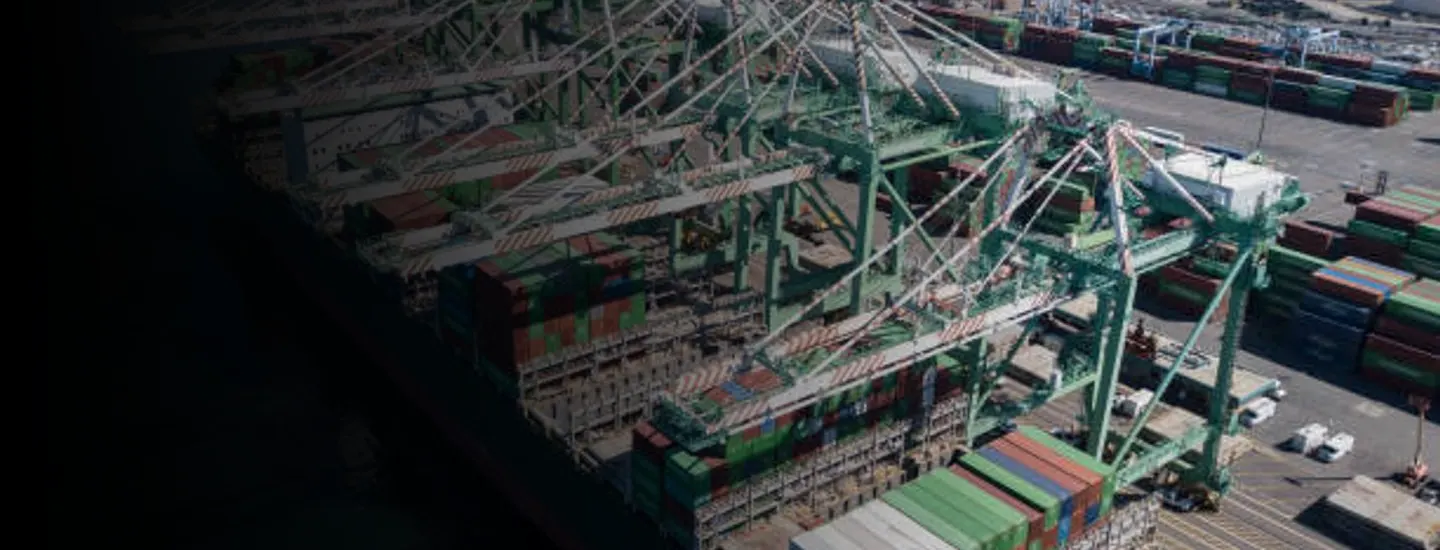Following the trend of continual disruption in the supply chain, the looming West Coast port labor-contract negotiation is set to take center stage, and concerns are growing that these negotiations could cause further interruptions heading into this year’s holiday season.
On July 1, the existing contract expires for the labor union overseeing West Coast ports, the International Longshore and Warehouse Union (ILWU). These contract negotiations occur once every five to 10 years and have, in the past, resulted in imported freight delays.
The ILWU negotiates this contract with the Pacific Maritime Association (PMA), and it covers ports across Canada and the United States including the all-important Los Angeles / Long Beach gateway.
As part of the negotiation, the ILWU has historically taken actions in the forms of work slow-downs or stoppages to gain additional leverage with the PMA. Taking such actions this year would likely limit throughput and create incremental congestion in an already disrupted supply chain, resulting in both importers and consumers bearing the brunt of the impact.
The ILWU-PMA negotiations have historically been a challenge for U.S. importers; what is different in 2022?
This comes at a time when importers and consumers are fed up with supply chain disruptions and significant inflation. In preparation for this, importers have already flexed to import into the East and Gulf Coasts at a higher rate than West Coast ports so far this year. In addition, costs have increased and many are being passed on to the consumer, and record profits reported by carriers bring a higher likelihood for the potential of regulatory action.
Some would say the ILWU enters negotiations with a strong case for increased wages. The PMA includes representation of ocean carriers who realized record profits in 2021 and Q1 2022 financial results. The outcome of the recent 2022 contracting season suggest profits will continue to rise in the short- to mid-term – while inflation has ripped across the United States, increasing the cost of living for workers.
On the one hand, the U.S. government has implemented the Supply Chain Disruption Task Force in late 2021 and has reportedly been working with the ILWU and the PMA to help ensure the ports remain open during the negotiations. And the recently-passed Bipartisan Infrastructure Law earmarks nearly $450 million in funding for port-related projects through the Port Infrastructure Development Program.
But will that be enough to prevent further supply-chain disruptions?
Another consideration: automation
The ILWU has made their position on automation clear. Last month, they requested a stoppage in contract talks from May 20 through June 1, and automation proposals were widely cited as a driver in that response. In the past, automation proposals have been met with a cool reception and some vocal responses – even including public protests in 2019.
The PMA, however, has a case for more automation. The 2021 Container Port Performance Index ranked the two largest U.S. ports of Los Angeles and Long Beach last among the 370 global ports included in the rankings. With limited space to grow, improved throughput is one of the few remaining options to increase West Coast port container movements. Shippers have proactively shifted volume to the newly expanded and relatively better performing East Coast ports. Their volume could be there to stay as East Coast ports have reported a 20% increase in volumes YOY. Automation could be part of the mix for ILWU ports – and their workers – to remain competitive.
What a win-win deal could look like:
- Consumers and the North American economy see little impact, a deal gets done quickly without any significant delay to operations;
- Increased wages and benefits for ILWU workers who have put themselves at risk to keep the economy moving throughout the pandemic;
- Job security measures including significant investment in upskilling the workforce to operate in a more automated environment;
- Commitment to automation, safety, and improved operations to make the U.S. West Coast ports the “ports of choice,” not of necessity, for U.S. importers.
Will a deal get done before the July 1 deadline?
- Signs have been positive, but there are hang-ups particularly around automation;
- The Biden administration is working with both parties in an attempt to ensure there are no major supply chain disruptions further impacting the end consumer.
What can Importers do to mitigate any potential impacts?
- In the near term, mitigation levers will be limited however there are still actions which can be taken:
- Prioritize – ensure you have a plan with contingencies for the most important customers and inventory. Understand cost impact of expedited options and proactively communicate;
- Allow for extra lead time and warn business partners accordingly;
- Double-down on operational improvements to fully utilize containers during this period, including the incremental use of origin consolidation centers.
- For the longer term, take the lead from other savvy importers who have been planning for possible supply-chain issues over the last year:
- Evaluate how your supply chain processes are operating and adjust to become increasingly nimble and flexible;
- Review organizational roles and responsibilities and how you partner with your supply chain partners;
- Take a step back from the everyday “fire-fighting” that is supply-chain execution in 2022 and evaluate the resiliency of your organization, because the next supply chain crisis may be right around the corner.



